Writing Mountain Music - Heitor Villa-Lobos and the technique of "Millimeterization"
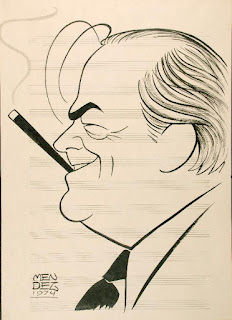 |
| Heitor Villa-Lobos |
 |
| Melodia da Montanha by Villa-Lobos |
In a far more complex context, and expanding the technique into symphonic dimensions, Heitor Villa-Lobos' Symphony No. 6 from 1944 - again with the adequate title Sobre a Linha das Montanhas do Brasil ("On the Outline of the Mountains of Brazil") - incorporates a vast mountain range, the Serra dos Órgãos (literally: "Mountain range of the Organs"), a short drive away from Rio de Janeiro. Here he uses different viewpoints of the mountains in various photographs, thereby increasing the thematic material, which is mainly used in the second movement (Lento - Adagio) of this symphony2.
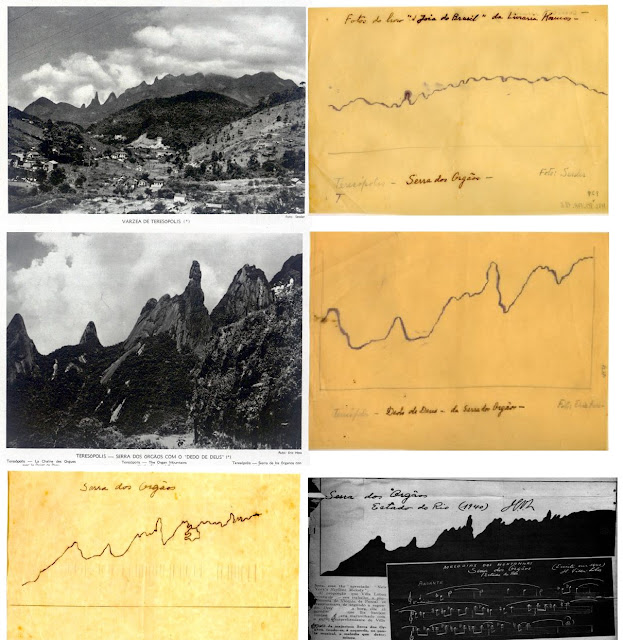 |
| The Serra dos Órgãos and Villa-Lobos' realisations thereof 3. |
***
Having analysed the principles established by Heitor Villa-Lobos, we should now be in a position where we can put the technique of millimeterization into practice, by following these few steps:
1. Take a photograph of a mountain; we have chosen Ingleborough (one of the Yorkshire Three Peaks), due to its distinguishable outline.
2. Apply a grid with, vertically, the pitches of the chromatic scale, and horizontally, the beats and sub-beats of the bars. Identify the main points of the mountain's curve within the grid, here marked as red dots.
(We have cheated slightly, by "doubling" the height of the mountain, to allow for a larger section of the chromatic scale to be incorporated into our melody4.)
3. Transfer the thus identified main points into a musical stave, hereby allocating the appropriate pitches and rhythms. The finished melodic line may look somehow like this:
The red line following the melodic curve should bear, at least, some resemblance to the photograph we took of Ingleborough mountain.
4. Now we can use our creative spirit and incorporate our new "mountain" melody into any form of composition, for example as the beginning of a piano sonata:
... or as a fugato for wind trio:
Certainly, there are limitations to composing by use of the millimeterization technique only, just as there were in dodecaphony or serialism - due to the often more or less rounded shapes of mountains the resulting melody will progress mainly in chromatic steps, with the odd larger intervals being interspersed. But it shows credit to a composer's talent and imagination, being able to create from a rather limited outset such beautiful and original pieces as Heitor Villa-Lobos did with his "New York Sky-Line Melody" and his Sixth Symphony.
_____________________________
1 FELICISSIMO, Rodrigo. O processo de criação musical de Heitor Villa-Lobos desenvolvido na peça New York Sky-Line Melody. ANAIS DO III SIMPOM 2014 - SIMPÓSIO BRASILEIRO DE PÓS-GRADUANDOS EM MÚSICA
4 In fairness, the mountains in and around Rio de Janeiro seem to be much steeper than our English hillsides, therefore Villa-Lobos did not have to alter the outline of his photographs.
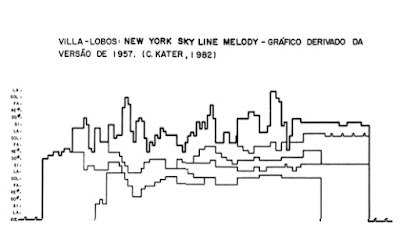
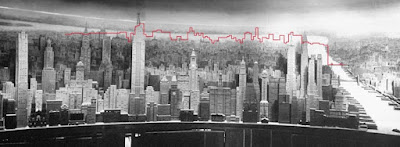



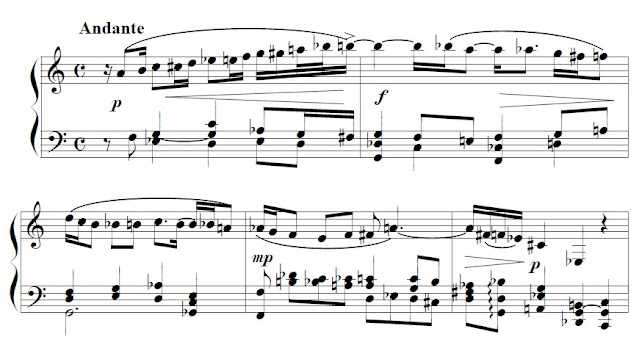

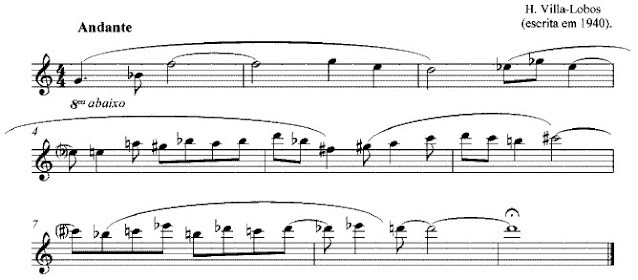


Listen to the complete fugue for wind trio on YouTube: Ingleborough - Fuga for Flute, Oboe & Bassoon.
ReplyDeleteFull score on IMSLP.
ReplyDelete